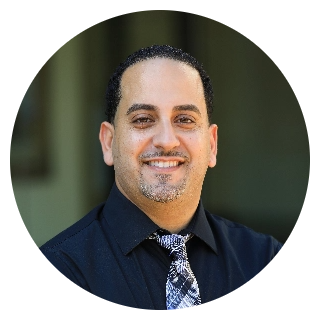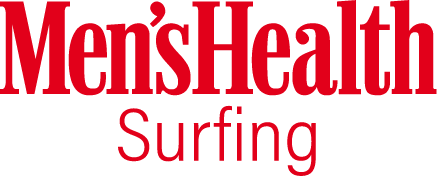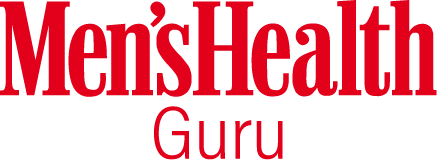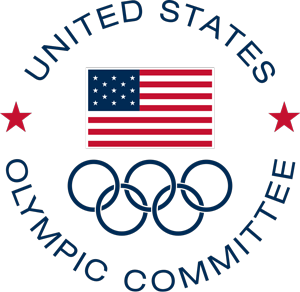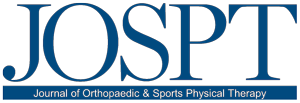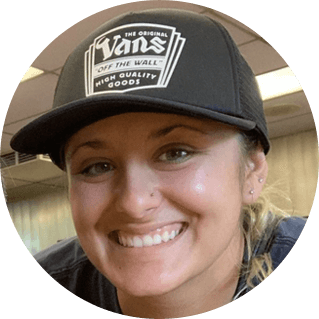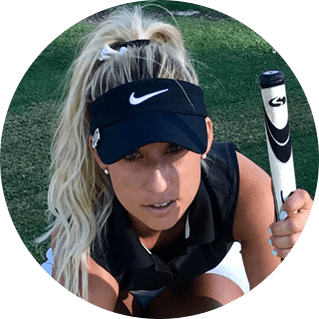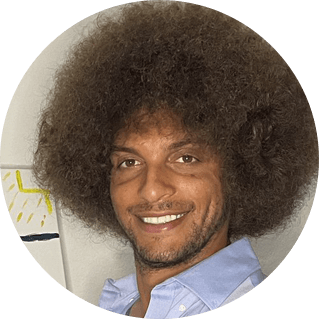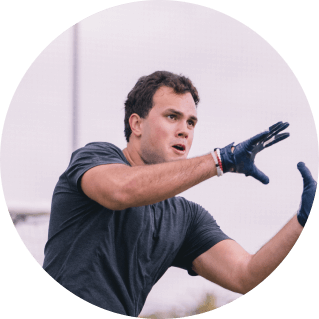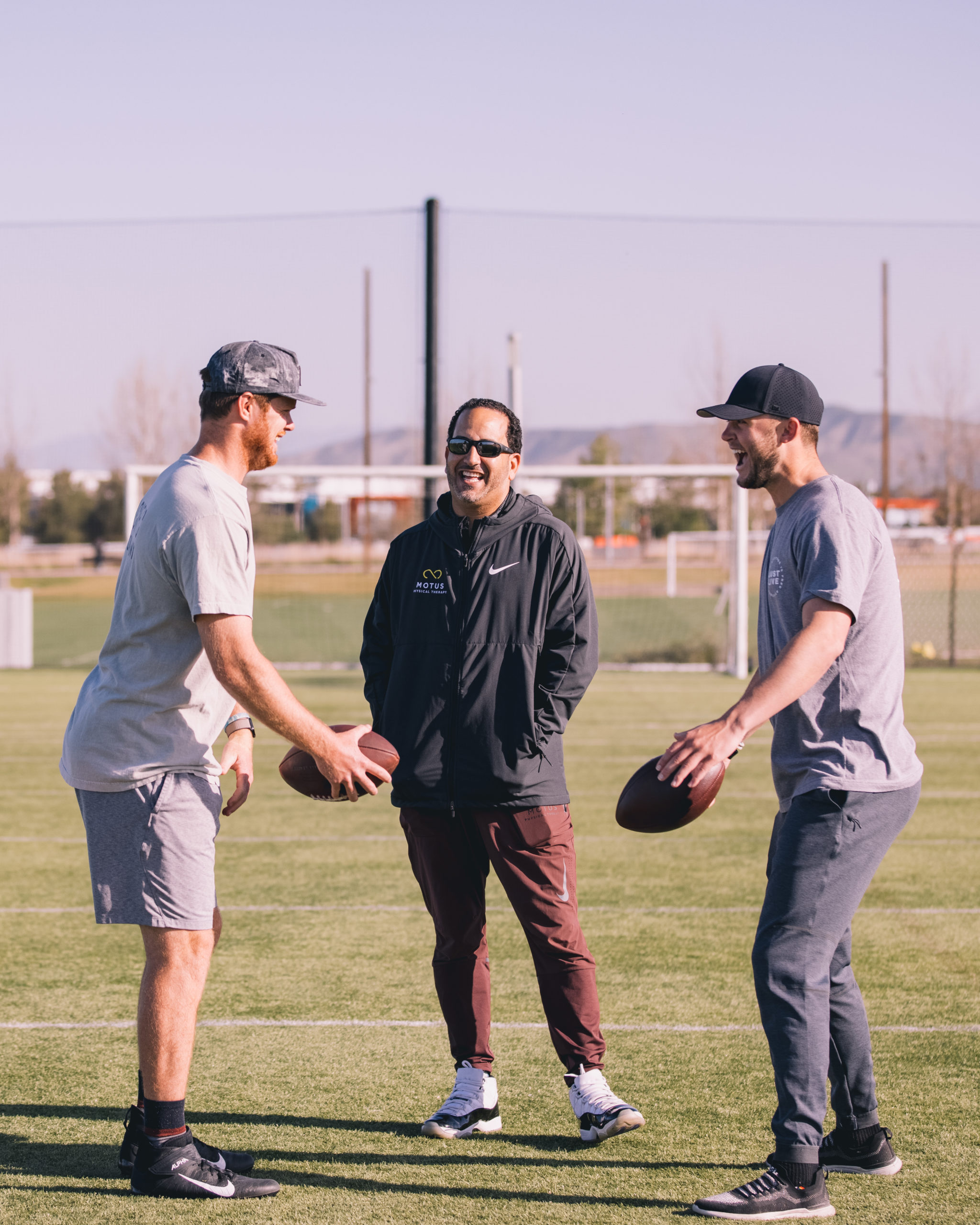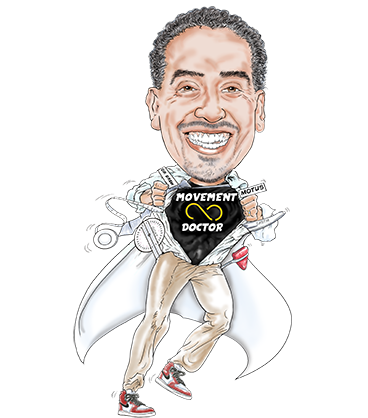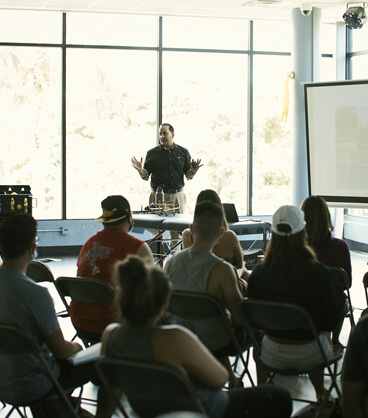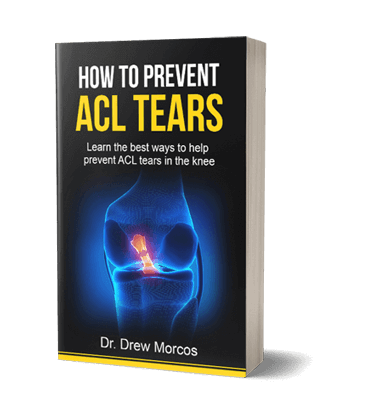Sports Physical Therapy for High School Athletes
High school athletics in Orange County and San Diego County represent some of the most competitive programs in the nation. From the powerhouse football teams at Mater Dei High School in Santa Ana to the championship-caliber athletes at JSerra Catholic High School, San Clemente High School, and Carlsbad High School, these young competitors face intense physical demands that require specialized care beyond what traditional physical therapy can provide.
The question isn’t whether high school athletes get injured – it’s whether they receive the right type of care when injuries happen. Understanding the difference between general physical therapy and sports-specific treatment can mean the difference between a full recovery and a career-altering setback.
The Alarming Reality of High School Sports Injuries
The statistics paint a concerning picture: according to the Centers for Disease Control and Prevention, high school athletes account for an estimated 2 million injuries, 500,000 doctor visits, and 30,000 hospitalizations each year. These aren’t just minor bumps and bruises. We’re talking about ACL tears that can sideline a talented linebacker for an entire season, rotator cuff injuries that derail a pitcher’s promising career, and stress fractures that prevent track stars from competing at their peak.
For competitive programs like those at Mater Dei, JSerra, San Clemente High School, and Carlsbad High School, the pressure to return quickly can lead athletes and families to make rushed decisions about treatment. But here’s what many don’t realize: the type of physical therapy an athlete receives matters just as much as getting treatment in the first place.
Why Regular Physical Therapy Isn’t Enough for Student-Athletes
Traditional physical therapy serves an important purpose for general injuries, post-surgical recovery, and age-related conditions. But student-athletes from competitive Orange County and San Diego County programs are operating at a completely different level. They’re training at intensities comparable to collegiate athletes, executing complex movements, generating explosive power, and pushing their bodies to perform under pressure.
A physical therapist who primarily treats elderly patients with hip replacements or office workers with back pain simply doesn’t have the specialized knowledge to rehabilitate a quarterback’s throwing shoulder or a soccer player’s torn ACL. Sports physical therapy is a distinct specialization that requires understanding:
- Sport-specific biomechanics: How a volleyball player’s shoulder moves during a spike versus how a swimmer’s shoulder moves during freestyle
- Return-to-sport protocols: When it’s safe to progress from jogging to cutting, from throwing to full velocity pitching
- Performance metrics: Not just “can they walk without pain” but “can they generate the same power output as before injury”
- Injury prevention: Identifying movement patterns that predispose athletes to future injuries
This specialization matters enormously. A basketball player from Mater Dei High School who tears their ACL deserves a physical therapist who has rehabilitated dozens of ACL tears in basketball players specifically – someone who understands the demands of cutting, jumping, and pivoting at high speeds.
The Youth Factor: Why Growing Bodies Require Specialized Expertise
Perhaps the most critical distinction in treating high school athletes is understanding adolescent physiology and development. This is where many well-intentioned physical therapists fall short, even those with sports experience.
The teenage body is fundamentally different from an adult’s. Growth plates—the areas of developing cartilage tissue near the ends of long bones – remain open until late adolescence. Training or rehabilitating an athlete without considering these growth plates can lead to serious overuse injuries like Osgood-Schlatter disease (knee pain from patellar tendon stress) or Sever’s disease (heel pain from Achilles tendon stress on the growth plate).
Beyond growth plates, adolescent athletes experience developmental windows where their bodies respond differently to various training stimuli. There are optimal times to develop speed, times to focus on skill acquisition, and times when the body is primed for strength development. Physical therapists who specialize in youth athletes understand these windows and design rehabilitation programs accordingly.
Two 16-year-old football players may be at completely different stages of physical maturation. One might be ready for advanced plyometric training, while the other’s body needs more time to develop. The right physical therapist recognizes these differences and adjusts treatment protocols based on biological age, not just chronological age.
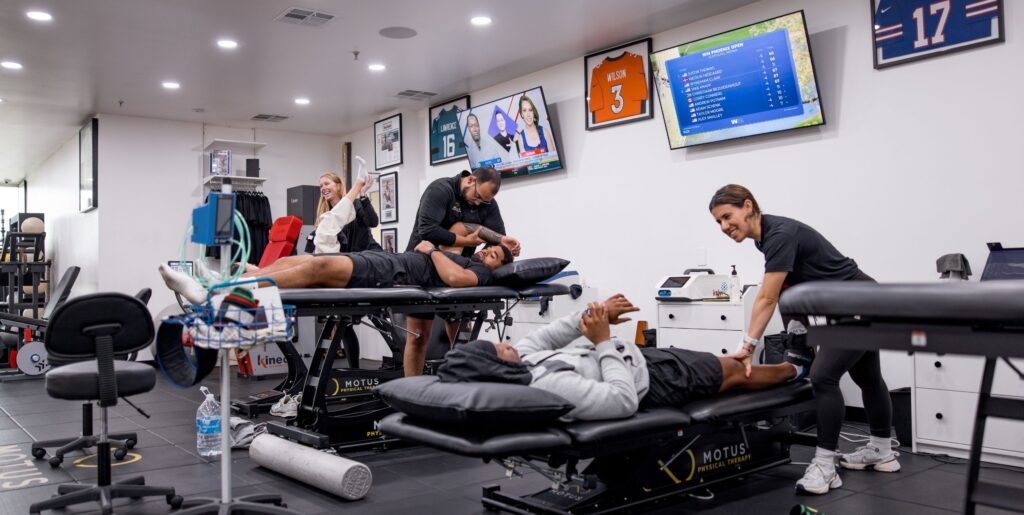
Common Injuries Affecting Orange County High School Athletes
Through work with athletes from competitive programs throughout our Santa Ana, San Clemente, Carlsbad, and Seal Beach locations, patterns emerge in the types of injuries that affect high school athletes:
ACL and Knee Injuries
Female athletes, particularly those in soccer, basketball, and volleyball, face a significantly higher risk of ACL tears—some studies suggest up to six times higher than their male counterparts. These injuries require 9-12 months of rehabilitation, and without proper sports physical therapy, athletes may return to play with compensatory movement patterns that increase re-injury risk by up to 25%.
The challenge with ACL rehabilitation isn’t just healing the ligament – it’s retraining the neuromuscular system to protect the knee during high-risk movements like cutting and landing. This requires specialized knowledge and progressive training protocols that general physical therapy doesn’t provide. ACL’s are one of the most common injuries we treat and one that deserves high quality care.
Shoulder Injuries
Baseball pitchers, softball players, swimmers, and volleyball athletes frequently develop rotator cuff strains, labral tears, and shoulder impingement. Many of these injuries stem from overuse, improper mechanics, or inadequate rest between competitive seasons.
What makes shoulder injuries particularly tricky is that pain often doesn’t appear until significant damage has already occurred. A pitcher might feel fine for the first three innings but experience sharp pain by the fifth. This pattern indicates underlying mechanical issues that need to be addressed through specialized treatment.
Ankle Sprains
Despite being one of the most common injuries in high school sports, ankle sprains are often undertreated. Athletes ice it, wrap it, and return to play as soon as they can walk without limping. But without proper rehabilitation, they develop chronic ankle instability – a condition where the ankle “gives out” repeatedly, leading to recurring sprains and long-term joint problems.
Research shows that athletes who receive comprehensive physical therapy after an ankle sprain have significantly lower re-injury rates than those who simply “tough it out.”
Stress Fractures
Cross country runners, track athletes, and soccer players are particularly susceptible to stress fractures in the foot, shin, and hip. These injuries result from repetitive impact combined with inadequate recovery time – a common problem when athletes compete year-round in club sports, high school sports, and showcase tournaments.
Stress fractures require not just rest, but an analysis of training load, biomechanics, and often nutritional factors. A comprehensive sports physical therapy approach addresses all these elements.
Lower Back Pain
Football linemen, gymnasts, and rowers frequently experience lower back pain due to repetitive flexion, extension, or rotational forces on the spine. In adolescents, this pain can indicate more serious conditions like spondylolysis (a stress fracture in the vertebra) that require careful management.
The key to treating these injuries effectively is addressing root causes rather than just symptoms. When a cross country runner from San Clemente High School presents with knee pain, the issue might actually stem from weak hip muscles, poor running mechanics, or excessive training volume. Sports physical therapists are trained to identify and address these underlying factors.
What to Look for in a Sports Physical Therapist
Not all sports physical therapy is created equal. When seeking treatment for a high school athlete, families should look for several key indicators of quality:
Specialized Training and Credentials: Physical therapists who have completed residencies or fellowships in sports physical therapy, or who hold board certification in sports specialization, have undergone extensive additional training beyond their doctorate degree.
Experience with Youth Athletes: Ask directly about the therapist’s experience treating adolescent athletes. The treatment approach for a 15-year-old should differ significantly from a 25-year-old, even with the same injury.
Sport-Specific Knowledge: The ideal physical therapist has experience treating athletes in your child’s specific sport. Someone who has rehabilitated numerous baseball pitchers will be far more effective treating a pitcher’s shoulder than a generalist.
One-on-One Treatment Model: Be wary of clinics that book multiple patients in the same time slot. High school athletes deserve individualized attention throughout their entire treatment session, not five minutes of therapist time followed by 25 minutes with an aide or performing exercises alone.
Evidence-Based Approach: The therapist should be able to explain their treatment rationale using current research and evidence-based protocols, not just “this is how we’ve always done it.”
Comprehensive Assessment: Initial evaluations should be thorough, analyzing not just the injured area but the entire kinetic chain—how the feet, ankles, knees, hips, and core all contribute to movement patterns.
Return-to-Sport Testing: Before clearing an athlete to return to competition, the therapist should perform objective testing to ensure they’ve regained strength, power, and movement quality comparable to their pre-injury status.
The Pro-Level Treatment Standard
The gold standard in sports physical therapy is the level of care provided to professional athletes. These athletes have access to physical therapists who specialize exclusively in sports injuries, who understand the biomechanical demands of elite competition, and who use cutting-edge treatment techniques and technology.
Here’s what many families don’t realize: in Orange County and North San Diego County, high school athletes can access this same caliber of care. Physical therapists who work with NFL players, MLB athletes, and Olympic competitors also treat high school athletes at facilities throughout the region, including locations in Santa Ana, San Clemente, Carlsbad, and Seal Beach.
This matters because these therapists bring expertise that simply isn’t available at traditional physical therapy clinics. They’ve rehabilitated every type of sports injury imaginable. They understand the psychological pressure athletes face to return quickly. They know how to progress rehabilitation appropriately without being too conservative or too aggressive. And critically, they have relationships with sports medicine physicians, orthopedic surgeons, and athletic trainers throughout the region, ensuring coordinated care.
When a high school athlete from Mater Dei or Carlsbad High School receives treatment from a therapist who also works with professional athletes, they benefit from that accumulated expertise and refined treatment approach.
The MOTUS Advantage: Pro-Level Care for High School Athletes
What sets MOTUS Specialists Physical Therapy apart is simple: your high school athlete receives the same caliber of care that we provide to professional athletes. The physical therapists on our team have worked with NFL quarterbacks like Josh Allen, Sam Darnold and Russell Wilson, MLB pitchers, Olympic athletes, and professional soccer players. This isn’t just impressive – it’s directly relevant to your son or daughter’s recovery and performance.
When your athlete works with a MOTUS physical therapist, they benefit from:
Significantly Faster Recovery Times: By utilizing advanced treatment techniques and sport-specific progressions, athletes can return to competition weeks earlier than traditional rehabilitation timelines. This can mean the difference between missing half a season and being back for playoffs.
Reduced Re-Injury Rates: Proper sports physical therapy doesn’t just treat the injury—it addresses the underlying movement deficiencies and biomechanical factors that contributed to the injury in the first place. This comprehensive approach dramatically reduces the likelihood of re-injury.
Enhanced Performance: Many athletes report performing better after completing comprehensive rehabilitation than they did before their injury. This isn’t luck—it’s the result of addressing movement inefficiencies and optimizing biomechanics that may have existed for years.
Injury Prevention: Perhaps most importantly, sports physical therapy emphasizes keeping athletes healthy through movement screening, load management guidance, and preventive exercise programming.
Long-Term Athletic Development: The movement patterns, body awareness, and training principles athletes learn through quality physical therapy serve them throughout their athletic careers, whether they continue competing in college, professionally, or recreationally for life.
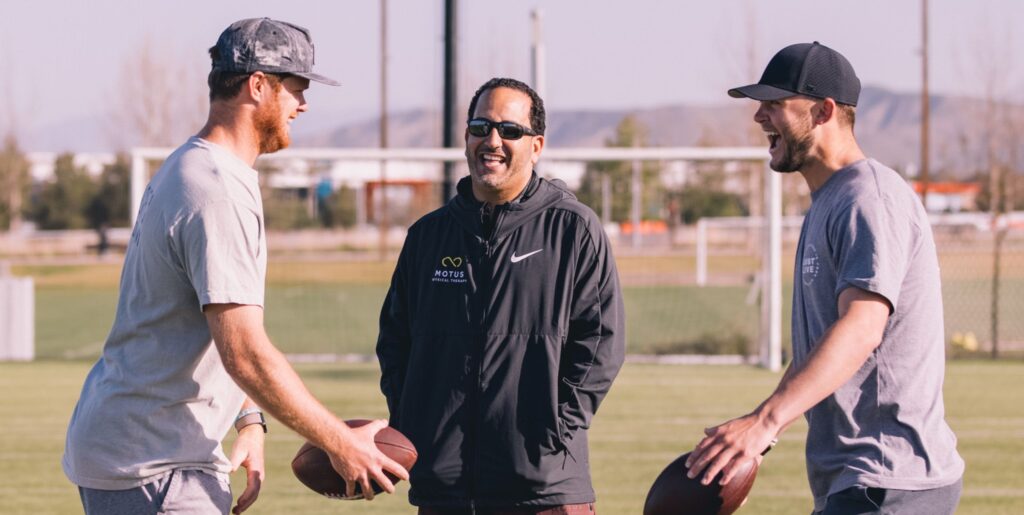
Matching Treatment to the Individual Athlete
One of the most critical aspects of effective sports physical therapy is individualization. A football lineman from Mater Dei High School has completely different physical demands than a distance runner from San Clemente High School. Our physical therapists take the time to understand your athlete’s specific sport, position, skill level, training schedule, and competition calendar.
This allows us to create rehabilitation and performance programs that are precisely matched to their needs. We consider factors like:
- Sport-specific movement patterns: A baseball pitcher’s rehabilitation focuses heavily on shoulder rotational strength and scapular stability, while a soccer player’s program emphasizes lower extremity power and agility.
- Competition schedule: Rehabilitation should be timed to align with the athlete’s season, ensuring they peak at the right time rather than rushing back prematurely.
- Individual biomechanics: Every athlete moves differently. Effective treatment identifies and addresses each athlete’s unique movement compensations and asymmetries.
- Growth and development stage: Training and rehabilitation protocols should be adjusted based on the athlete’s physical maturity, not just their age.
- Goals and aspirations: An athlete hoping to earn a college scholarship has different needs than one playing primarily for enjoyment, and treatment should reflect those goals.
Beyond Injury: Performance Enhancement for High School Athletes
While injury rehabilitation is crucial, many high school athletes also seek sports physical therapy for performance enhancement. This proactive approach includes:
Movement Screening: Identifying and correcting movement deficiencies before they cause injury or limit performance. Common issues include poor hip mobility, inadequate ankle dorsiflexion, or dysfunctional movement patterns during jumping and landing.
Strength and Conditioning Guidance: Developing sport-specific strength, power, and endurance in a safe, developmentally appropriate manner. This is particularly important for athletes who don’t have access to qualified strength coaches through their school or club team.
Biomechanical Optimization: Fine-tuning movement patterns to improve efficiency, generate more power, and reduce injury risk. Small adjustments in running mechanics or throwing motion can have significant performance benefits.
Return-to-Sport Testing: After an injury, ensuring athletes are truly ready to compete at full intensity—not just symptom-free, but demonstrating strength, power, and movement quality comparable to their pre-injury baseline.
This preventive approach is standard practice in professional sports organizations, where keeping athletes healthy is just as important as treating injuries. High school athletes who adopt this same mindset gain a significant competitive advantage.
Why Location Matters for High School Athletes
For busy high school athletes balancing practice, games, schoolwork, and social life, convenience matters. Traveling 45 minutes each way for physical therapy appointments creates unnecessary stress and makes consistent attendance difficult.
Athletes from competitive Orange County programs like Mater Dei High School, JSerra Catholic, or San Clemente High School, as well as those from Carlsbad High School in North San Diego County, benefit from having access to elite sports physical therapy in their local communities – whether that’s Santa Ana, San Clemente, Seal Beach, or Carlsbad.
Close proximity to high-quality care means athletes can attend sessions more consistently, maintain better communication with their physical therapist, and more easily coordinate care with their school athletic trainer or team physician.
Choosing the Right Provider for Your Athlete
At MOTUS Physical Therapy, we’ve built our practice around a simple philosophy: high school athletes deserve the same expert care that professional athletes receive. Our physical therapists have worked with NFL quarterbacks like Sam Darnold and Russell Wilson, MLB pitchers, Olympic athletes, and professional soccer players – and we bring that same level of expertise to every high school athlete who walks through our doors.
What sets our approach apart is the combination of elite-level experience with specialized knowledge of youth development. Our therapists understand not just sports injuries, but how to treat those injuries in growing, developing bodies. We know when a 15-year-old’s body is ready for certain training stimuli and when patience is required. We design rehabilitation programs that are matched to each athlete’s sport, position, skill level, and developmental stage.
Every treatment session at our Santa Ana, San Clemente, Carlsbad, and Seal Beach locations is one-on-one with your dedicated physical therapist. We don’t use aides or assistants to supervise exercises. We don’t double-book appointments. Your athlete receives our undivided attention for the entire session.
We also believe in comprehensive, evidence-based care. Our evaluations are thorough, analyzing the entire kinetic chain to identify root causes of injury. Our treatment incorporates advanced manual therapy techniques, therapeutic exercise progressions, and performance testing. And we coordinate closely with athletic trainers, coaches, and team physicians to ensure every member of your athlete’s support team is working toward the same goals.
For athletes from Mater Dei High School, JSerra Catholic, San Clemente High School, Carlsbad High School, and competitive programs throughout Orange County and San Diego County, this combination of expertise, individualized attention, and local convenience provides the optimal foundation for recovery and long-term athletic success.
Taking the Next Step
If your high school athlete is dealing with an injury, experiencing chronic pain, or looking to optimize their performance and prevent future problems, specialized sports physical therapy should be your first call. The quality of care your athlete receives will directly impact their recovery time, re-injury risk, and long-term athletic development.
Look for providers who specialize in treating youth athletes, who offer one-on-one treatment sessions, who have experience with your athlete’s specific sport, and who can demonstrate a track record of successful outcomes with high school athletes.
Your student-athlete’s body is their most important piece of equipment. Investing in the right care—from physical therapists who understand the unique demands of competitive high school sports and the specialized needs of growing bodies—pays dividends in faster recovery, reduced injury risk, and optimized performance.
For families in Santa Ana, San Clemente, Seal Beach, Carlsbad, and throughout Orange County and North San Diego County, accessing this level of care is easier than you might think. The same physical therapists who work with professional athletes are available to help your high school athlete achieve their goals, whether that’s recovering from injury, earning a college scholarship, or simply competing at their highest level.
Because when it comes to your athlete’s health, performance, and future, settling for anything less than specialized sports physical therapy simply isn’t an option. Contact MOTUS Physical Therapy today to schedule an evaluation and discover the difference that elite-level care can make.
